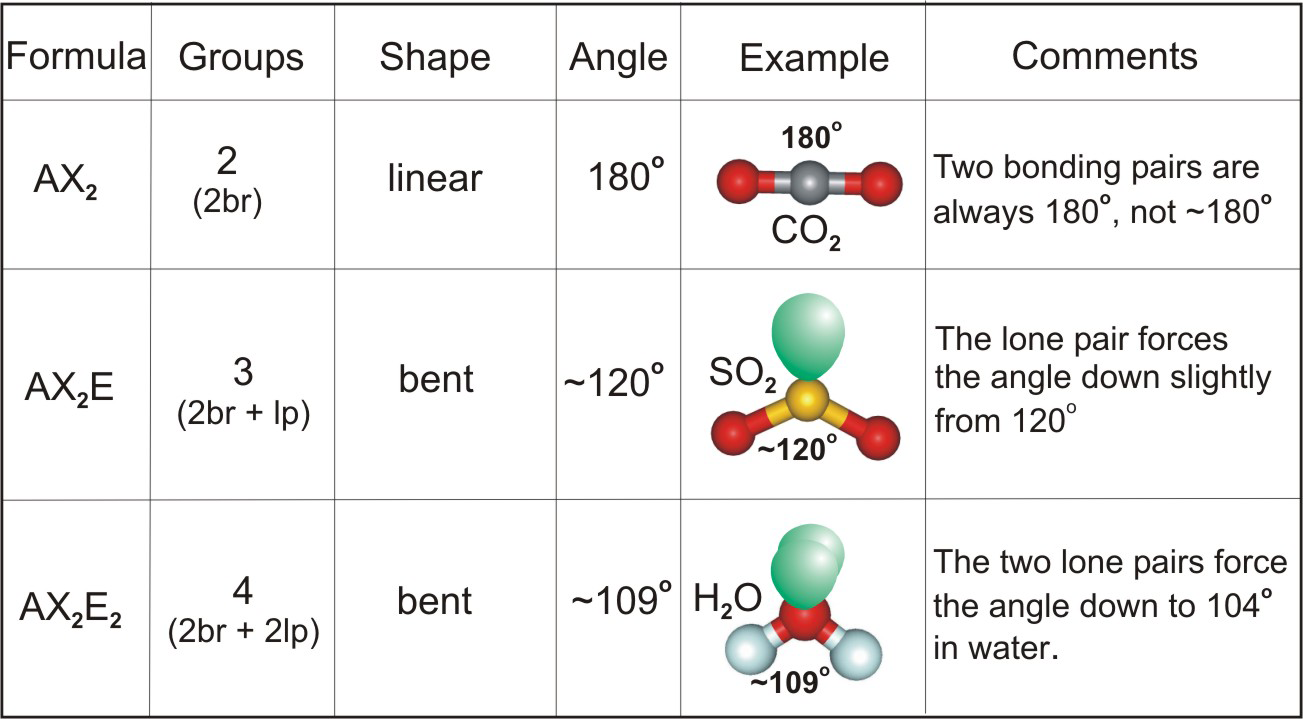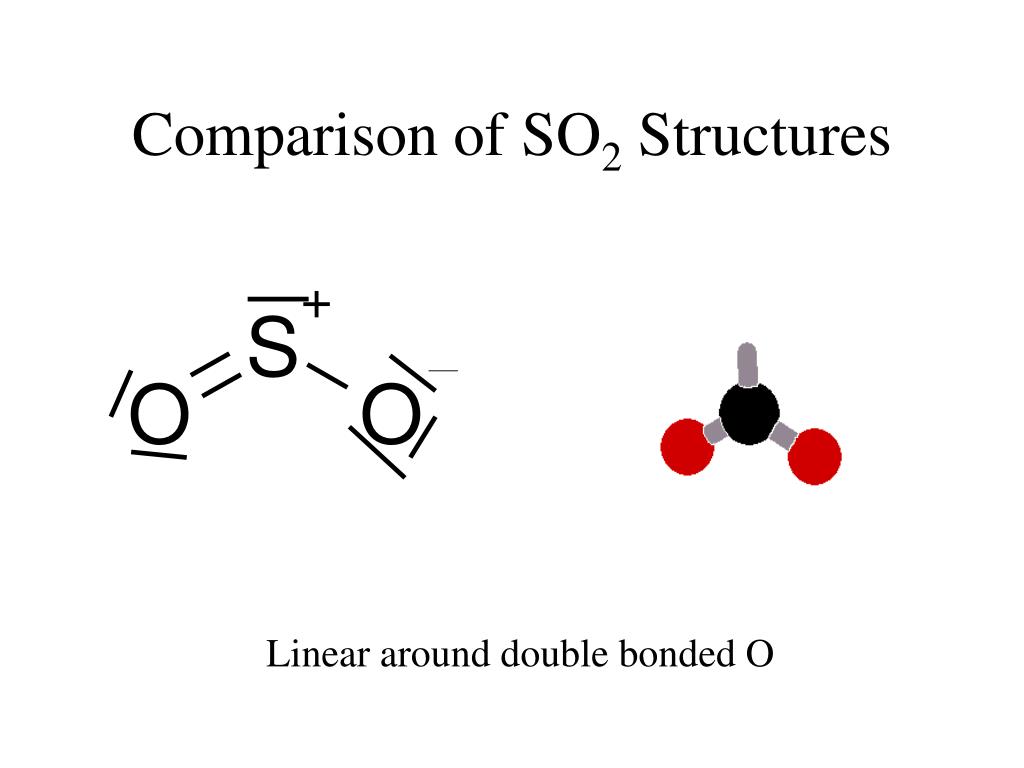

Promisingly, the current and trending state-of-the-art in chemical adsorbent for gas adsorption has been reported in studies by Sanchora et al.

In response to this environmental and atmospheric degradation, several efforts to find novel and eco-friendly techniques for the adsorption of these hazardous gases have surged. The reduction of these gases is critical to mitigating the negative impacts of air pollution on human health and the environment. These gases are responsible for lowering the PH of water, which has a detrimental effect on human health and leads to the raising of atmospheric temperature on the earth’s surface 5, 9. The emission of acidic gases such as SO2, NO2, CO2, and COCl2 during the combustion of natural gases has resulted in global environmental degradation, causing acidic rain and ocean acidification. This highlights the need for effective methods to detect and trap these hazardous gases. The combustion process of natural gases leads to the emission of acidic air pollutants, such as H2S, NO2, COCl2, SO2, CO, and CO2, which have a magnifying molecular structure and a high carbon ratio. Air pollution is a significant risk factor for premature death and is caused by the burning of fossil fuels without sequestration 8. Recently, the impact of anthropogenic environmental pollution has been brought to light through cumulative impact mapping, which uses data on environmental conditions and demographics. Their conductive ability, stability, high-temperature operation ability, and processability make them ideal for meeting the current industrial standards 7. Organic–inorganic hybrid materials offer unique properties that are absent in their precursor materials, making them highly versatile and suitable for a wide range of applications such as high-energy radiators, shielding materials, absorbers, polarizers, and hydrogen storage systems 5, 6. The properties of organic–inorganic hybrid materials depend not only on their constituent materials but also on their morphology and interfacial characteristics, making them highly versatile for various applications 3, 4. These hybrid structures, which combine organic and inorganic materials, have shown promise in adsorbing hazardous environmental and health-attacking gases 2. Organic–inorganic hybrid composites are a rapidly growing area of research in advanced-functional material science 1. Developing such materials can contribute to reducing hazardous gases and pollutants in the atmosphere, leading to a cleaner and safer environment.

PClH is more suitable for detecting liquefiable gases such as COCl2, CO2, and SO2, and can be easily recovered under ambient conditions. The computational analysis demonstrated that PClH has considerable adsorption energies and favorable interaction with CO2, NO2, SO2, COCl2, and H2S. The study evaluated the structural properties, adsorption mechanism, electronic sensitivity, and topological analysis of PClH using highly accurate computational methods (M062X-D3BJ/def2-ccpVTZ and DSDPBEP86/def2-ccpVTZ). A novel hybrid material, perchlorate hybrid (PClH), has been proposed in this study for the effective sensory detection and trapping of atmospheric pollutants and industrial hazardous gases. The utilization of hybrid materials in separation technology, sorbents, direct air capture (DAC) technology, sensors, adsorbents, and chiral material recognition has increased in the past decade due to the recognized impact of atmospheric pollutants and hazardous industrial gases on climate change.


 0 kommentar(er)
0 kommentar(er)
